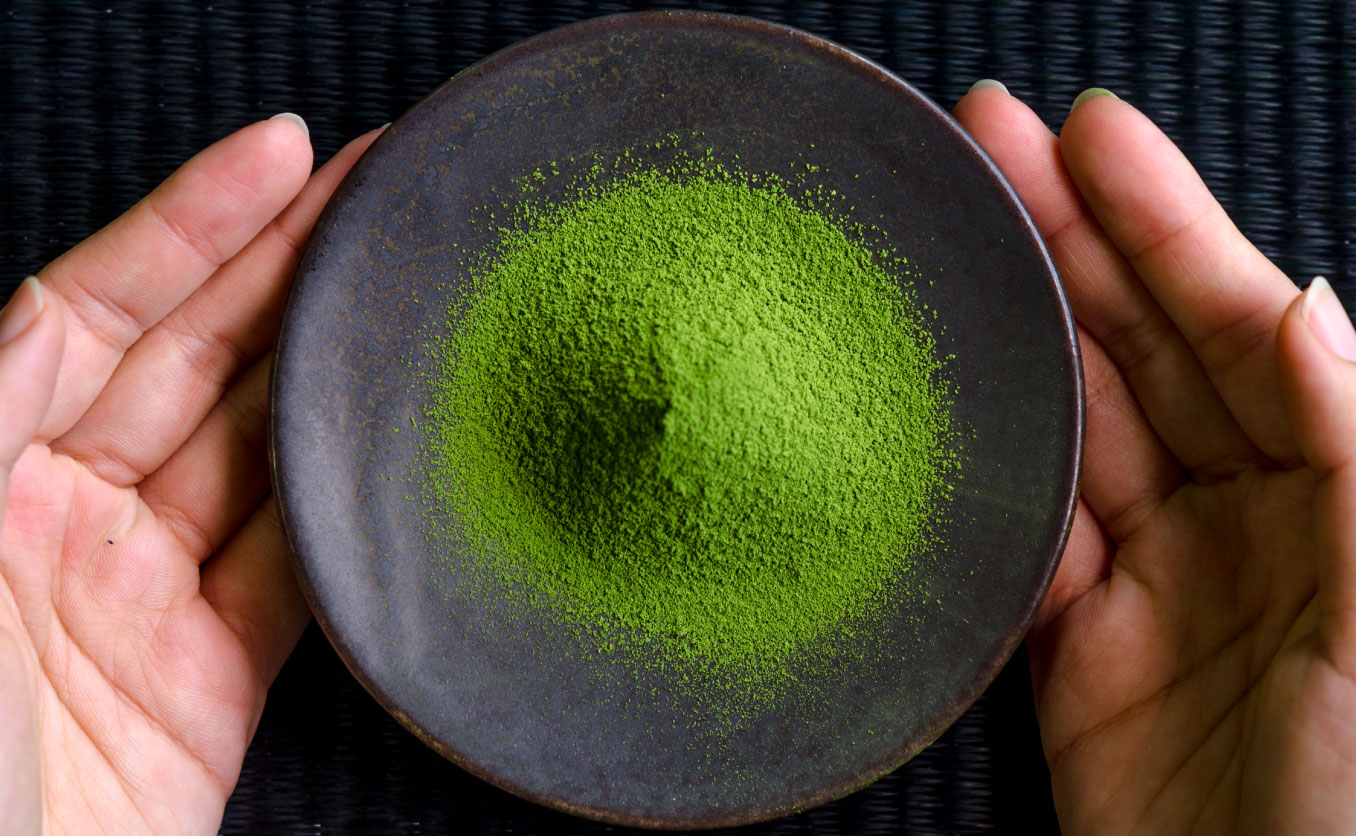According to the Japan Tea Central Public Interest Incorporated Association, the definition of tea is leaves cultivated under a cover that are dried without rolling (tencha) and ground to powder using a tea grinding mill. However, there is no clear definition of tea and each industry defines tea independently. The International Organization for Standardization (ISO) is reviewing the definition of matcha following the current situation of increasing demand for it worldwide and the circulation of inferior products both in Japan and overseas that are far from matcha in terms of quality. The Japan Tea Central Public Interest Incorporated Association is also considering a revision to its definition of matcha.
What is Matcha?
Definition of Matcha
Raw ingredients of Matcha
The raw leaves of matcha are called tencha, and picked tea leaves (harvested leaves) that are steamed and dried are called aracha (crude tea) of tencha. The shape of the tea leaves is still visible at this stage. Then these are refined to remove demono (the veins and stems of leaves) by filtering using net or wind power. This process enables us to select only tender and flavorful mesophyll, which are called shitate-tencha (tailored tencha) whereas the former is called aracha-tencha (crude tencha). Shitate-tencha further refined using a stone mill is called matcha.
(sorted out parts)
Characteristics of Matcha
As a 100% plant-based food matcha is a very simple product which only undergoes the process of harvesting, steaming, drying, selecting, and grinding of leaves. This means the quality of raw tea leaves directly affects the quality of matcha. It is essential to have thorough knowledge about the characteristics of raw tea leaves and about their cultivation in addition to knowledge about the processing and manufacturing methods in order to produce flavorful matcha. Yamamasa Koyamaen started as a tea farm, and we still own our own tea fields, which is rare among matcha manufacturers. We strive for the manufacturing of high quality matcha by managing every single process from cultivation to grinding.
Matcha is a collection of extremely fine particles (approximately 5 to 10 microns) and it tends to absorb moisture and be discolored by light. High temperatures and humidity also result in degradation.

